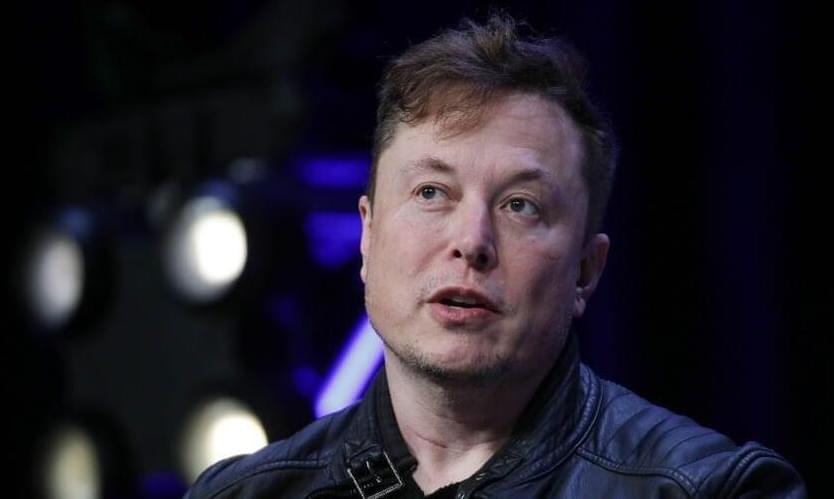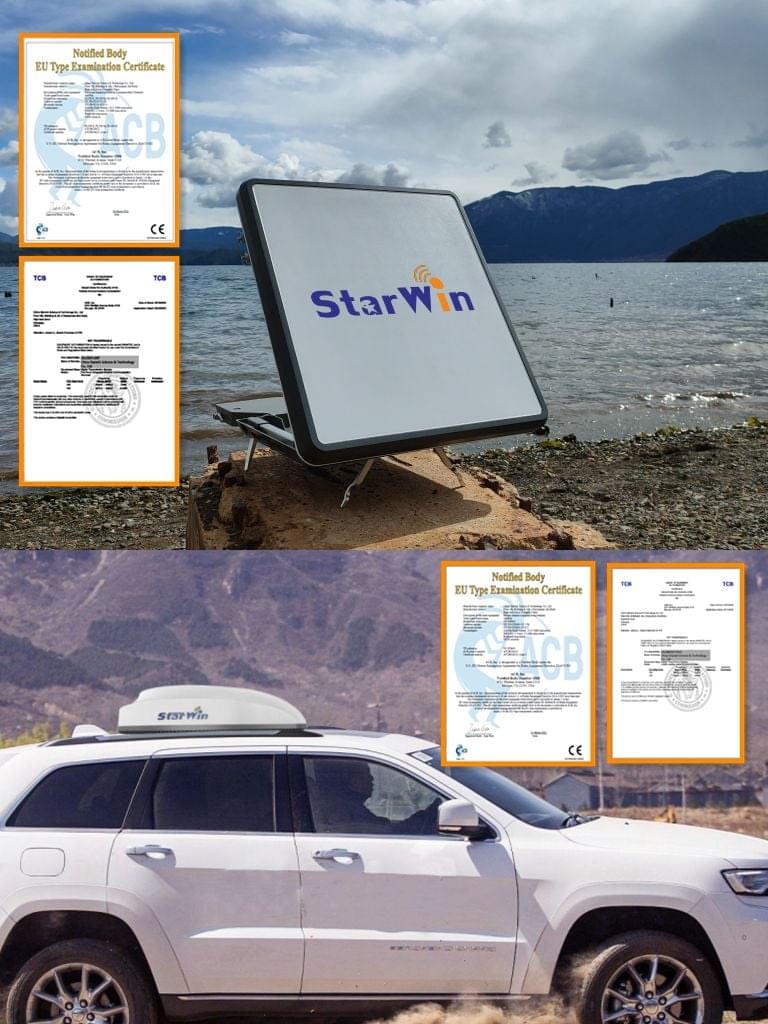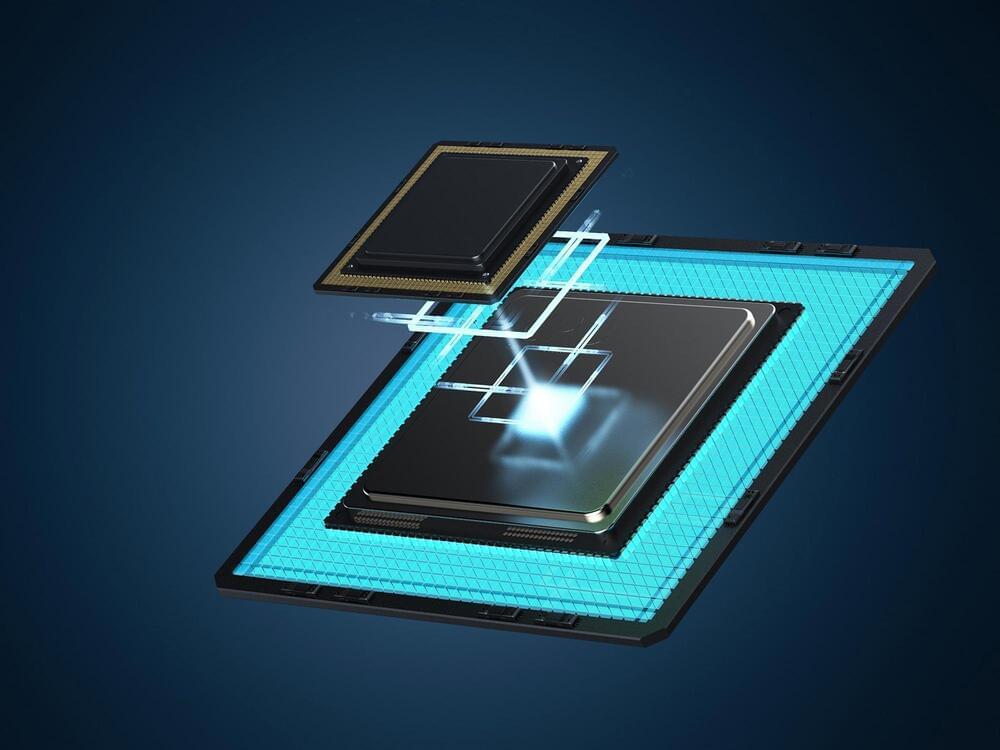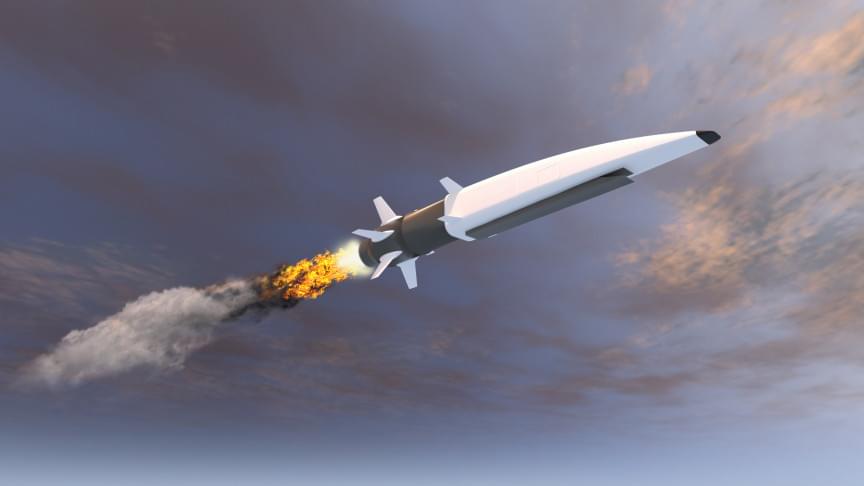Apr 24, 2022
Elon Musk said his Neuralink brain chip could help treat morbid obesity. Scientists say it’s a long shot — but not an impossibility
Posted by Kelvin Dafiaghor in categories: biotech/medical, computing, Elon Musk, neuroscience
Elon Musk believes his Neuralink brain chip could help treat morbid obesity. Experts say the billionaire’s dream isn’t as far-fetched as it may seem.
“I don’t think it is any more implausible than other claims for the potential of neurotechnology,” Professor Andrew Jackson, an expert in neural interfaces at Newcastle University, told Insider.


















